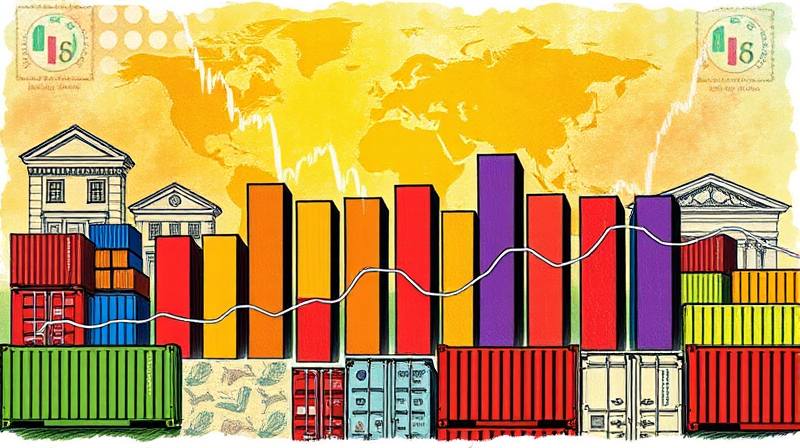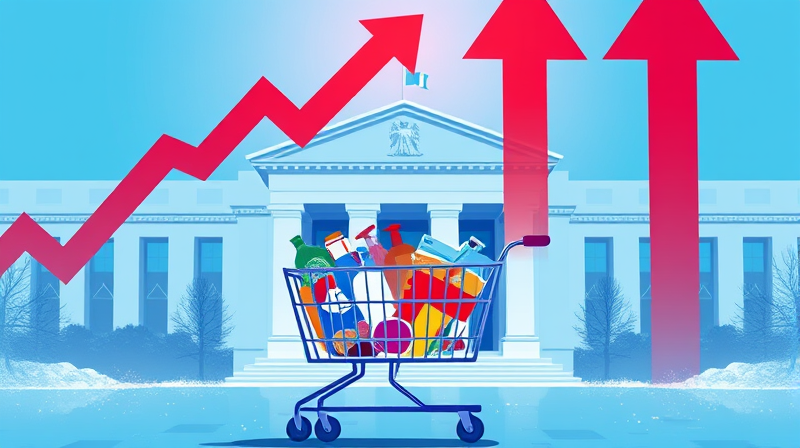
In 2024, the U.S. dollar surged to historic peaks against all currencies, reshaping trade flows, investment patterns, and policy debates worldwide. Emerging markets, with their diverse economic structures and external vulnerabilities, experienced an array of challenges and opportunities as the greenback strengthened by 7% and trade‐weighted measures hovered near all-time historic highs. This article explores the drivers behind the dollar’s rise, the uneven impacts on emerging economies, and practical strategies policymakers and investors can adopt to build resilience and harness potential gains.
The dollar’s rally in 2024 reflected a mix of robust U.S. fundamentals, policy divergences, and safe‐haven flows. The U.S. economy expanded by an estimated 2.7%—outpacing other developed markets—while decade-long Treasury yields offered the widest spreads since 1994. Even with two Federal Reserve rate cuts, strong growth projections and anticipated fiscal measures under a new administration supported demand for dollars.
Furthermore, trade tensions and tariff policies, including duties on Chinese electronics, steel, and automotive imports, reinforced the dollar’s appeal as a safeguard against volatility. Global uncertainties—ranging from geopolitical frictions to uneven recoveries—drove investors toward USD-denominated assets, amplifying the currency’s strength despite divergent monetary actions abroad.
For many emerging markets, the dollar’s ascent translated into multiple headwinds. Sharp currency depreciation and inflation raised import costs for energy, food, and intermediate goods. Central banks faced difficult trade‐offs: tighten monetary policy to defend exchange rates, risking slower growth, or allow depreciation and curb inflation through administrative measures.
External debt dynamics became more acute as sovereign and corporate borrowers saw rising external debt burdens. Countries with high foreign-currency liabilities endured ballooning interest expenses, stretching public finances and corporate balance sheets. Capital outflows intensified during peak stress periods, eroding foreign reserves and pressuring bond markets.
At the same time, less diversified or politically unstable economies—such as Argentina and Turkey—faced even sharper corrections. Policy missteps exacerbated losses, underscoring the importance of strong frameworks and credible monetary regimes in navigating external shocks.
Emerging market authorities and corporate treasurers can adopt a suite of measures to mitigate the impact of a powerful dollar. First, strengthening macroprudential frameworks can limit excessive external borrowing during low‐rate cycles. By enforcing prudential limits on foreign-currency exposures, economies reduce the risk of sudden reversals when global liquidity tightens.
Second, diversify funding and investments across currencies and instruments. Local currency bond markets, regional development banks, and domestic equity offerings can substitute for foreign debt. Corporations can use natural hedges—matching revenue and liabilities in the same currency—to minimize net exposure.
Third, prudent fiscal policy is paramount. Building larger fiscal buffers during commodity windfalls or boom phases creates room to maneuver when terms of trade deteriorate. Transparent debt management strategies—coupled with clear communication—bolster credibility and investor confidence.
While dollar strength poses clear headwinds, it can also unlock gains for select emerging economies. A stronger dollar often depresses commodity prices in local‐currency terms, potentially boosting consumption if imported energy costs fall. Exporters gain enhanced global competitiveness when their goods become cheaper for foreign buyers, provided global demand remains supportive.
Moreover, policy coordination and structural reforms can position countries to attract capital when the dollar stabilizes. Investing in digital infrastructure, upskilling workforces, and improving governance standards boost long-term growth prospects. Regions that embrace sustainable transitions—such as renewable energy or digital finance—may capture new waves of investment despite currency fluctuations.
Innovative approaches, including blockchain‐based trade finance and stablecoin settlements, are gaining traction as mechanisms to insulate domestic markets from shocks. By leveraging fintech solutions, cross-border trade can proceed with reduced reliance on traditional correspondent banking, easing dollar dependency in some corridors.
Most forecasts suggest that U.S. growth will slow in 2025, and the Fed may resume rate cuts as inflation moderates. If global growth outside the U.S. strengthens simultaneously—especially in Europe and Asia—the dollar could relinquish some gains. A more balanced interest rate landscape would ease pressures on emerging currencies and debt servicing costs.
China’s policy trajectory is also critical. Easing trade tensions or credible stimulus measures in Beijing could bolster global trade flows, supporting commodity exporters and manufacturing hubs alike. In such a scenario, select emerging markets with disciplined policy regimes and low external debt ratios stand to benefit first.
By integrating sound macro-financial policies with forward-looking reforms, emerging markets can navigate the current cycle and emerge stronger. Stakeholders—governments, corporations, and investors—must collaborate to enhance transparency, build fiscal and reserve buffers, and diversify economic structures.
The past year’s dollar strength has tested emerging markets in profound ways. Yet, with targeted strategies—strengthened frameworks, diversified financing, and structural reforms—economies can transform challenges into opportunities. By focusing on long-term resilience and embracing innovation, emerging markets can not only withstand external shocks but also set the stage for sustainable growth and shared prosperity in the years ahead.
References













